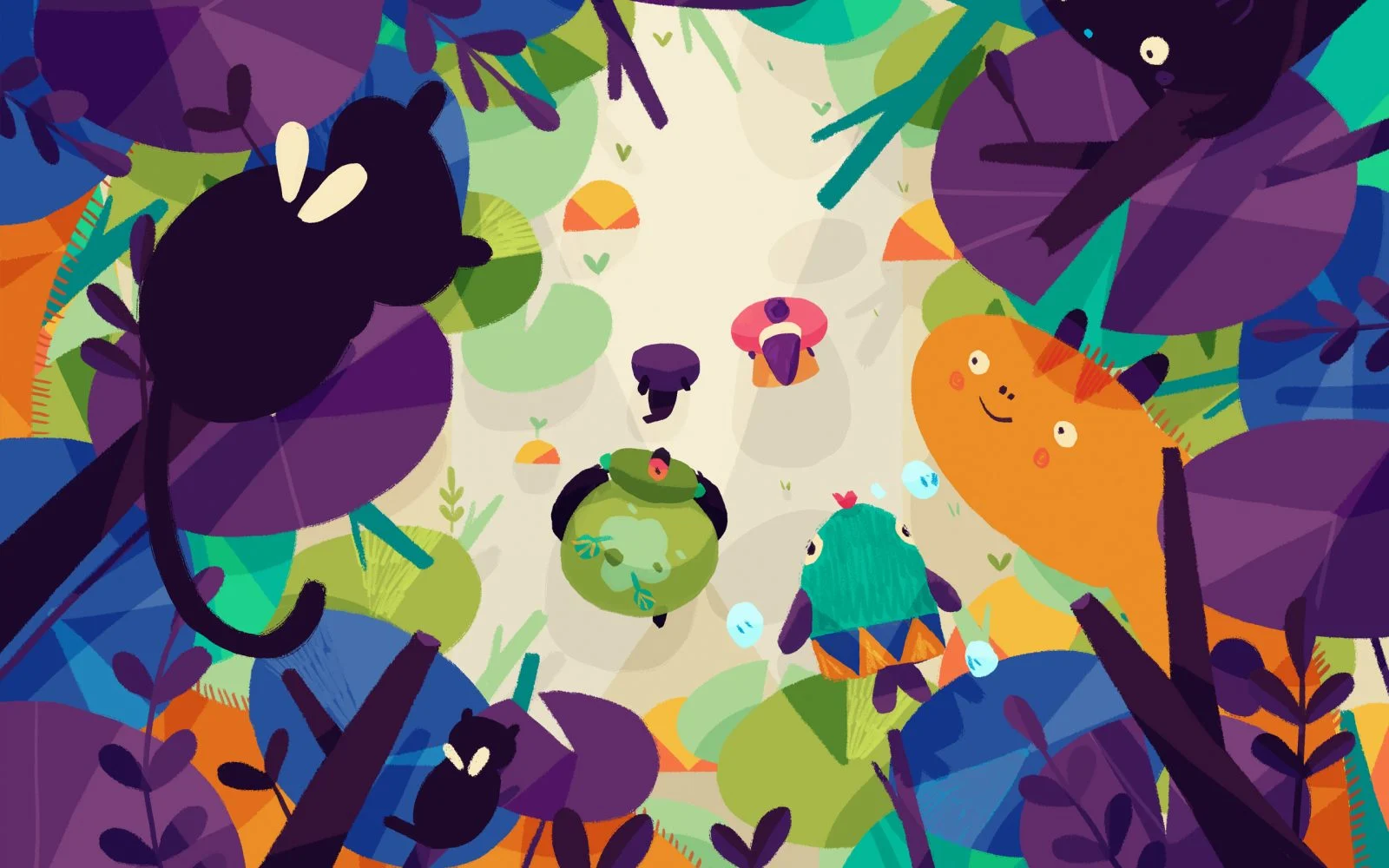
As a kid, it is likely that at one point or another you had an imaginary friend joining you on your adventures. These unseen pals play an important role, in honing young imaginations, providing companionship (and the odd alibi) and helping children work though issues they may feel uncomfortable addressing in the real world.
That was the starting point for the Imaginary Friend Society, founded by The Pediatric Brain Tumor Foundation (PBTF). For the awful, life-changing experience of battling cancer, children need all the help they can get making sense of what is happening to them. The foundation needed a creative solution, to change the way youngsters think, and crucially talk, about cancer.
Animation allowed us to dig into the nuance of these complicated and sensitive issues.
The charity teamed up with the RPA agency and 20 creative studios to realize an animation series that explains the different medical and emotional phases involved in a fight against cancer. The initial idea to use imaginary friends came from talking to cancer survivors; it turned out many children were making up mates to get them through the gruelling treatment.
“Working with families we find it’s a huge challenge – explaining what's going to be a very scary and unfamiliar situation to children,” the PBTF's Amanda Hicken says.
The project consist of 20 colorful videos tackling all kinds of questions. There’s a fuzzy, cute, three-eared rabbit that explains what an MRI is, and there’s a friendly blue puppet showing you all kinds of alternatives if you were to lose your hair during chemotherapy.

All the videos are informative, funny and sometimes delightfully silly, providing “answers, smiles and support” to children and their families.
Teresa Toews and Jay Grandin from the Giant Ant studio worked on the clip Finding Out You Have Cancer. Like all the other studios they worked for free on the project, and were honored to contribute. “A few of us have kids, and others have nephews and nieces, so the topic spoke to all of us," Jay says. "The production studios that already participated were also really respected, so it was obvious it was going to be an incredible series."
Working on the project, they felt it was important the atmosphere would feel bright, but not overly cheerful. “It was a matter of trying to find a balance between being optimistic, without it seeming forced,” Jay explains. They chose a saturated color palette and a loose illustartion style which kept the overall ambience of the piece cheerful.

“There's brushes that are fun, a bit reminiscent of how a kid would draw. It’s a bit of an on-ramp into the imaginary friend theme. We wanted the piece to feel like kids could imagine themselves in it,” Jessica says.
The resulting animations do an amazing job – feeling engaging and accessible but without skimping on the complex issues they are trying to illuminate. “Animation allowed to put everything in an understandable way, and we could really dig into the nuance of these complicated and sensitive issues,” Andrea says.
On top that, it’s inclusive, Jay adds. “Our main character is a pink blob. Weirdly enough everyone can relate to that, because it doesn’t appeal to anyone specific.”

“You often feel alone once you’ve been diagnosed, or sad. And the difference between white and red blood cells, or what a blood transfusion is, is pretty confusing as well,” Andrea says.
“Animation allowed to put everything in an understandable way, and could really dig into the nuance of these complicated and sensitive issues.”
On top that, it’s inclusive, Jay adds. “Our main character is a pink blob. Weirdly enough everyone can relate to that, because it doesn’t appeal to anyone specific.”

